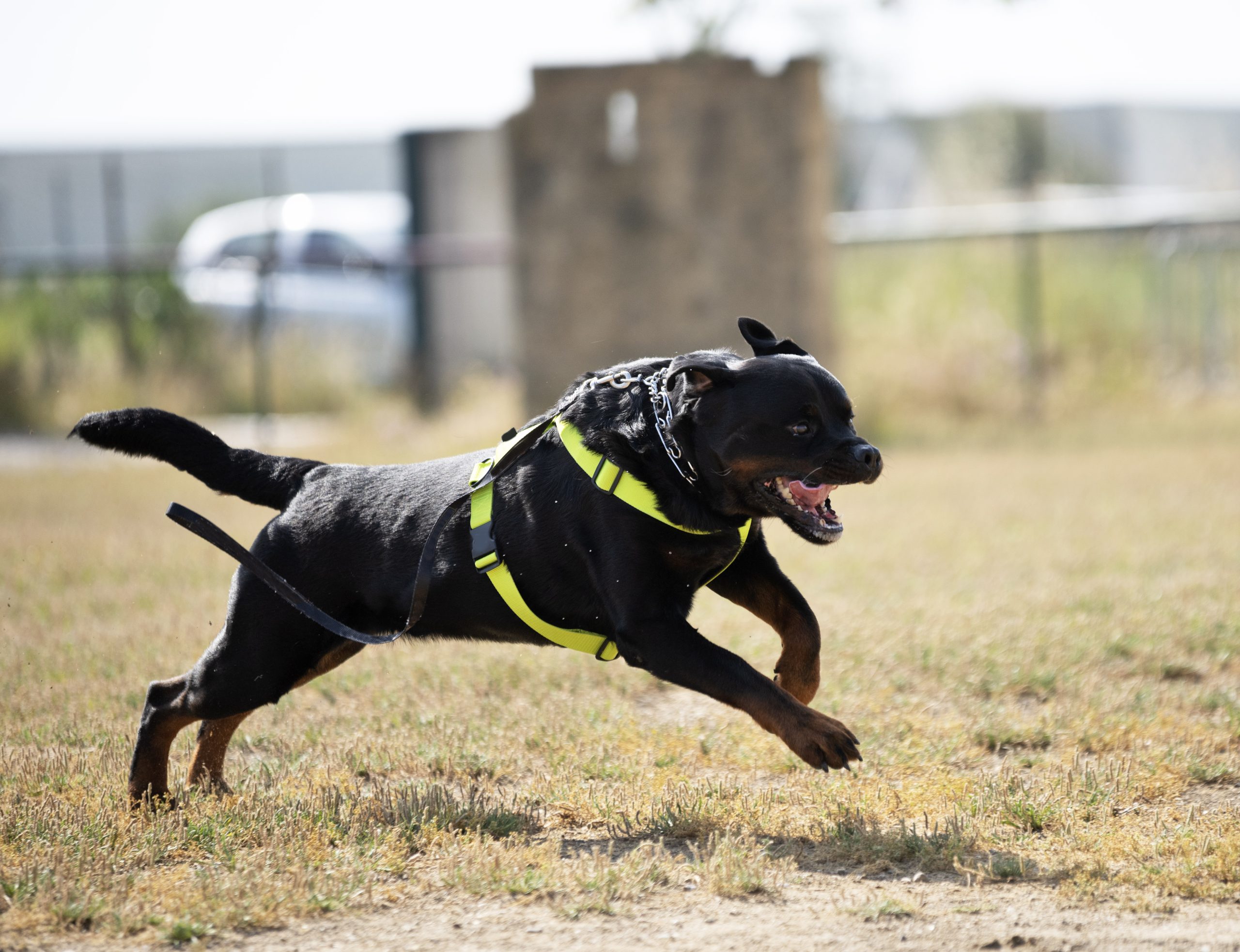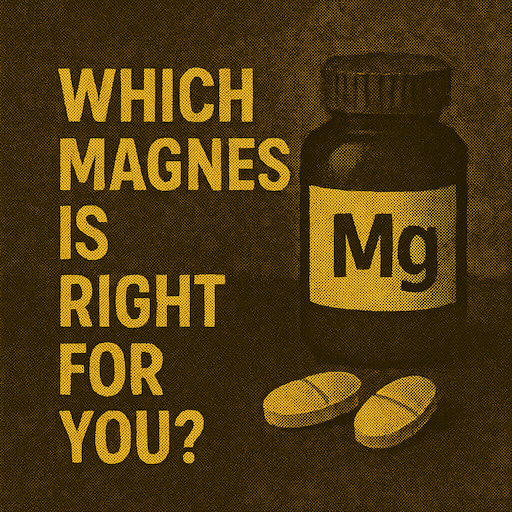Is Your Pet Drinking More Water or Losing Weight? It Could Be an Early Sign of Diabetes
A s pet owners, we know our animals better than anyone. That’s why subtle changes in their behavior—like drinking more water or unexpected weight loss—shouldn’t be ignored. These signs might seem harmless or just part of getting older, but they could be early indicators of a serious condition: diabetes mellitus.
What Is Diabetes Mellitus in Pets?
Diabetes mellitus is a condition in which the body either doesn’t produce enough insulin or fails to use it properly. Insulin is the hormone responsible for regulating blood sugar. When it’s out of balance, sugar levels rise in the blood and can’t reach the cells that need it for energy. The result? A state of cellular starvation even though there’s plenty of glucose in the bloodstream.
Common (and Easily Missed) Signs
The classic symptoms of diabetes in pets are:
-
Increased thirst (polydipsia)
-
Frequent urination (polyuria)
-
Increased appetite (polyphagia)
-
Unexplained weight loss
However, in the early stages, these signs can be subtle or mistaken for normal aging. You might just think your dog is drinking more because it’s hot out or your cat is losing weight due to old age. But if you notice more than one of these changes, it’s worth speaking to your veterinarian.

Dog drinking water from bowl – early sign of pet diabetes
Why Early Detection Matters
If left untreated, diabetes can lead to severe complications including:
-
Cataracts and potential blindness (especially in dogs)
-
Recurring infections
-
A life-threatening condition called diabetic ketoacidosis, which requires emergency care
The good news? Diabetes is manageable—especially when caught early. With the right treatment plan, including diet, insulin therapy, and routine monitoring, many pets live happy, active lives for years after diagnosis.
Diagnosing Diabetes Is Simple
Your veterinarian can diagnose diabetes with a combination of blood and urine tests. These tests can detect elevated glucose levels and the presence of glucose in the urine, confirming the condition and guiding treatment.
The Bottom Line
Pay attention to small changes in your pet’s habits. Increased water intake, frequent urination, and weight loss—especially when your pet still has a healthy appetite—should never be ignored. These could be the first signs of diabetes.
Early detection can make all the difference. If you’re noticing changes, don’t wait—talk to your vet and give your pet the best chance at a long, healthy life.
Tags:
post comments
Together We Rise: A Campaign for Everyone





